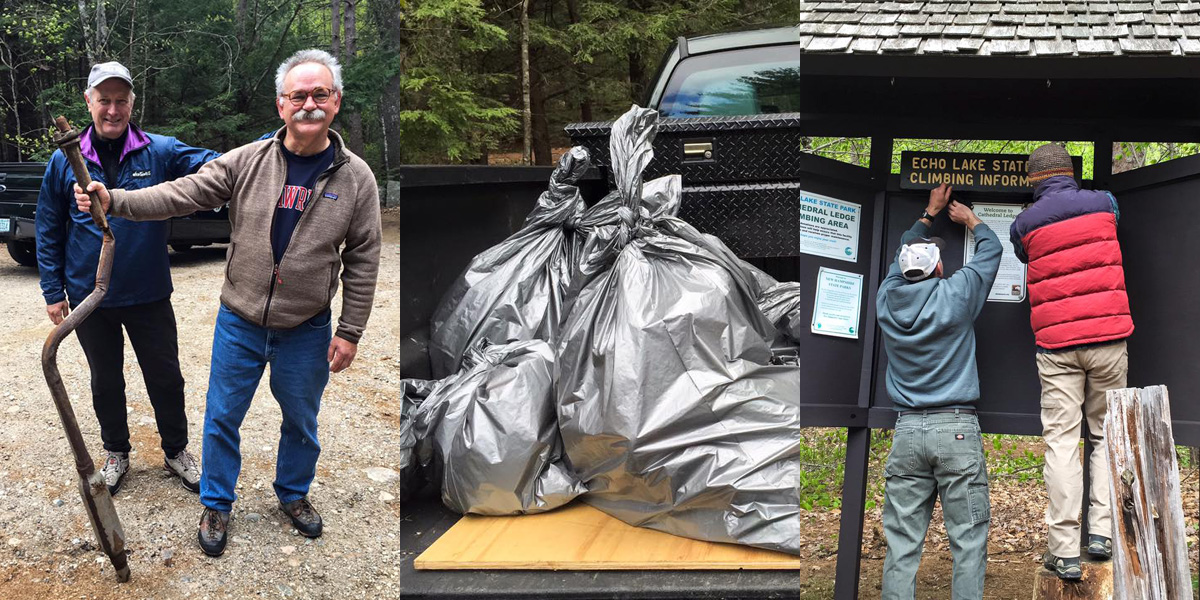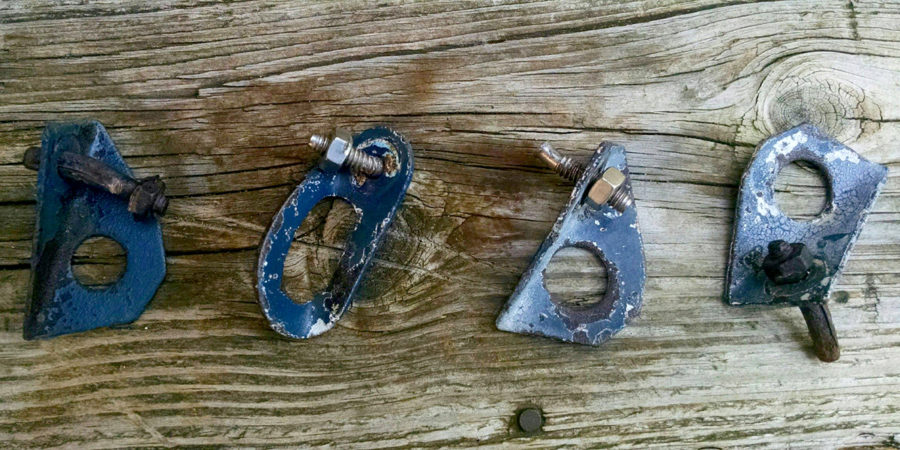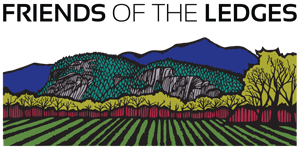
Projects & Campaigns
Tread Lightly: Winter Climbing in the White Mountains
Updated 03/04/2021
There’s something special about winter climbing in New England. It’s fickle, difficult to protect, and heady. A climb that’s there one day is gone the next. The wet, filthy sections of cliff you wouldn’t look at twice in the summertime transform into hanging daggers, turf-choked corners, and wild, athletic mixed climbs. But the impact of metal crampons and ice tools on bare rock is undeniable. At crags like Cathedral Ledge, where winter terrain overlaps with classic rock climbs, the climbing community is realizing that some of the exploratory winter climbing activities of the past are unsustainable. No one wants to be told what to do, especially climbers. But we need to come together to protect the terrain that sustains us.
In December 2020, the Friends of the Ledges released an initial statement in order to open a public conversation about winter climbing practices in the White Mountains. Based on the input we heard from that statement, we hosted a community forum via Zoom on February 25, 2021, eliciting participation from ~85 climbers. Drawing on that conversation and on one-on-one conversations following the forum, we are releasing this updated statement for community comment. This is a draft-form, living statement that is intended to get people talking and sharing views. We will update it periodically based on feedback received.
Friends of the Ledges is a volunteer organization dedicated to the stewardship of climbing areas and preserving the tradition of climbing in the eastern White Mountains of New Hampshire and Maine. Friends of the Ledges is not a governing body. The organization does not endeavor to make rules about climbing, establish ethics, or enforce ethics; rather we seek to actively uphold the long-held tradition of self-governance within the climbing community. This is the Live Free or Die state after all. The goal of this Tread Lightly campaign is to convene public conversations about climbing practices that have clear ties to stewardship and preservation, and to help spread the word to new and visiting climbers about community norms and values.
Please provide your comments about this statement here: https://tinyurl.com/treadlightlyfeedback2021
General Guidelines
- Cathedral and Whitehorse are priority areas for climbing preservation. Please exercise an extra level of care when approaching winter climbing opportunities at these cliffs. All of the climbing spots in this region are unique and important, but protection of these two iconic crags is of utmost importance to the community at large.
- Existing rock climbs need to be protected from rock damage. Crampons and ice tools should not be used on established rock routes unless there is enough ice to protect the rock from scratching, grinding, and other damage. Similarly, spectres, terriers, hammered hexentrics, and new pitons should also not be used on existing rock climbs.
- Preserve the character and integrity of the first ascent. This is a foundational ethic of New England climbing. The character of the first ascent has the right of way. Following this ethic, routes established as mixed climbs or dry-tool ascents are fair game for sharps on rock.
- Chipping, drilling, and other direct creation of climbing holds is unacceptable. New route development should reflect the character of that cliff. No direct creation of holds, drilling pockets, or addition of metal inserts is tolerated by the climbing community. It is understood that cliffs with loose rock require some cleaning to produce safe routes.
Specifics and Gray Areas
- Cathedral Cave: Dry-tooling in the Cathedral Cave has always been a controversial practice. Some climbers view The Mercy as an acceptable route to dry-tool because the rock route was chipped during its establishment. Others view the additional damage of dry-tooling on The Mercy to be unacceptable, despite this history.
- Diedre and other Cathedral/Whitehorse rock routes that have been mixed climbed: Diedre is another controversial route, beloved as a classic rock climb and classic winter climb, and there are other examples of similar terrain like Jack the Ripper/Jack on Ice and ice that comes in on the Upper Left Wall. The community consensus that emerged during the forum was that crampons and ice tools should only be used on these routes if there is enough ice to protect the rock. For routes with sections of bare rock leading to or from ice, “mixed methods” like removing crampons or switching to rock shoes may enable damage-free ascents. See the precedent set by Jon Nicolodi’s recent ascent of Cryokinesis described in Rock and Ice.
- Repentance and Remission: Repentance and Remission are gray areas. For generations these have been two of the plum ice lines of New England. When they are “in,” the number of moves requiring sharps on rock is minimal and these ascents continue to be accepted.
Where to Go to Mixed Climb
Areas with routes that were established as dry/mixed winter climbs include: the Pigpen, Trollville, Toko Crag, Frankenstein, and Mt. Willard. For info and history, see: Jerry Handren’s North Conway Rock Climbs, Ed Webster’s Rock Climbs in the White Mountains of New Hampshire, Rick Wilcox and S. Peter Lewis's An Ice Climber's Guide to Northern New England, Mountain Project, NEClimbs, and NEIce. Local shops and guiding services in the Mt. Washington Valley area are also great resources.
Share Your Voice & Get Involved
Bolt Replacement Initiative

Help us replace bad and aging bolts in the eastern White Mountains. Check out the full page for a listing of what has been replaced, what needs to get replaced, and to make an observation: Bolt Replacement Initiative.
Photo: Spring 2016 clean up at Cathedral Ledge.
